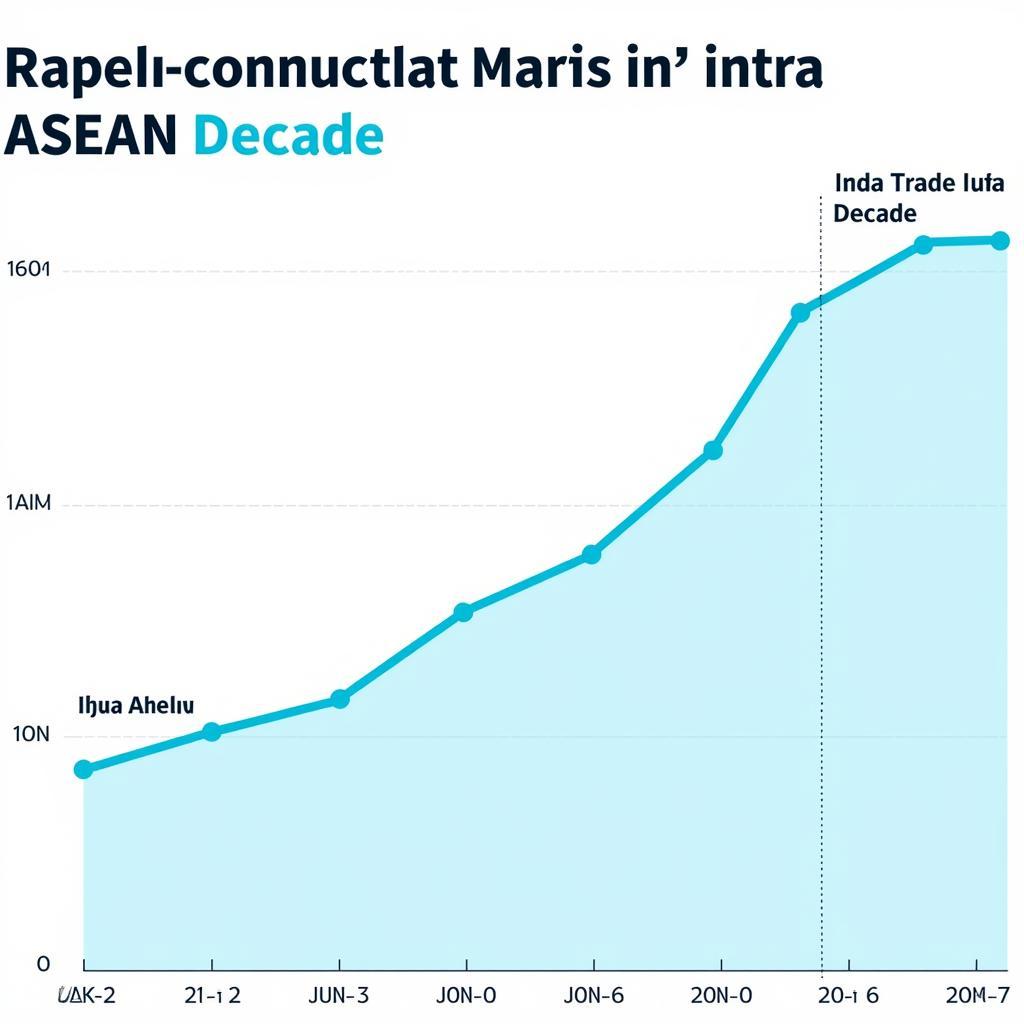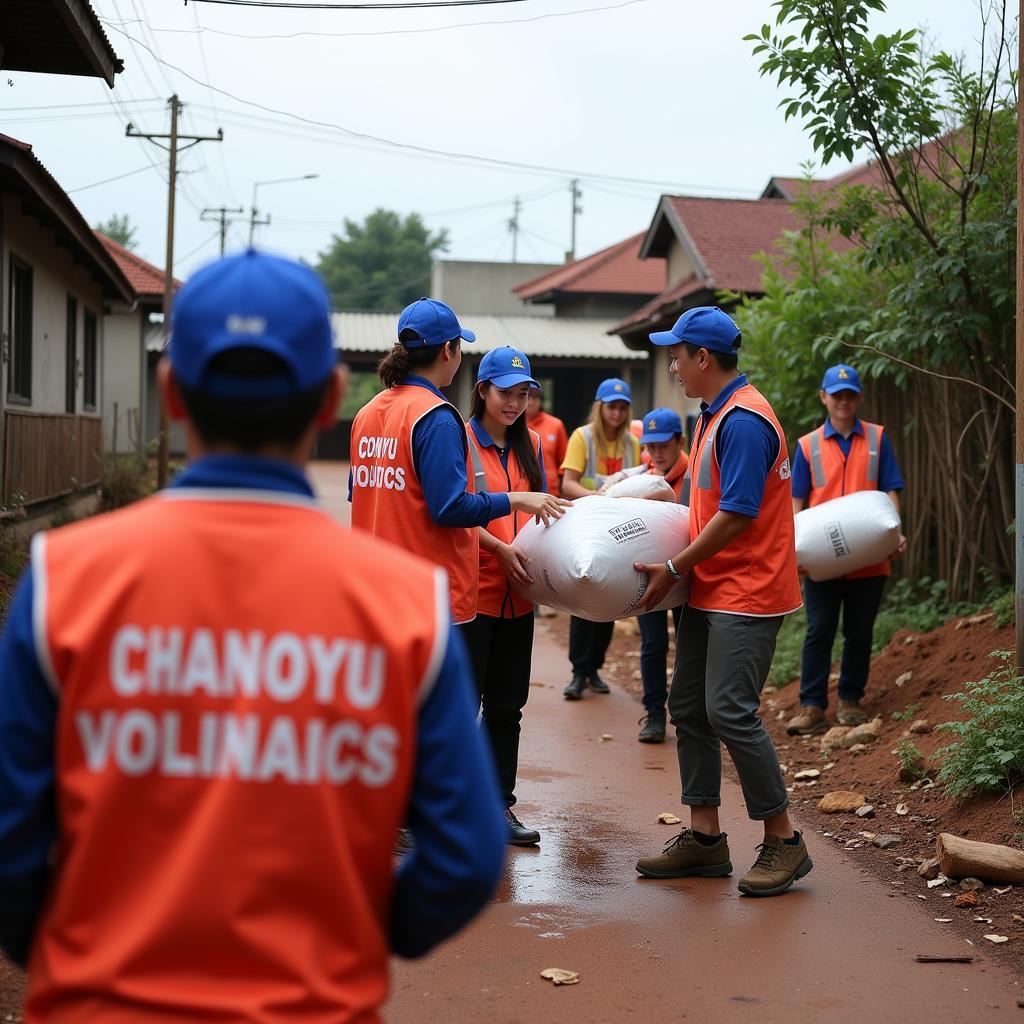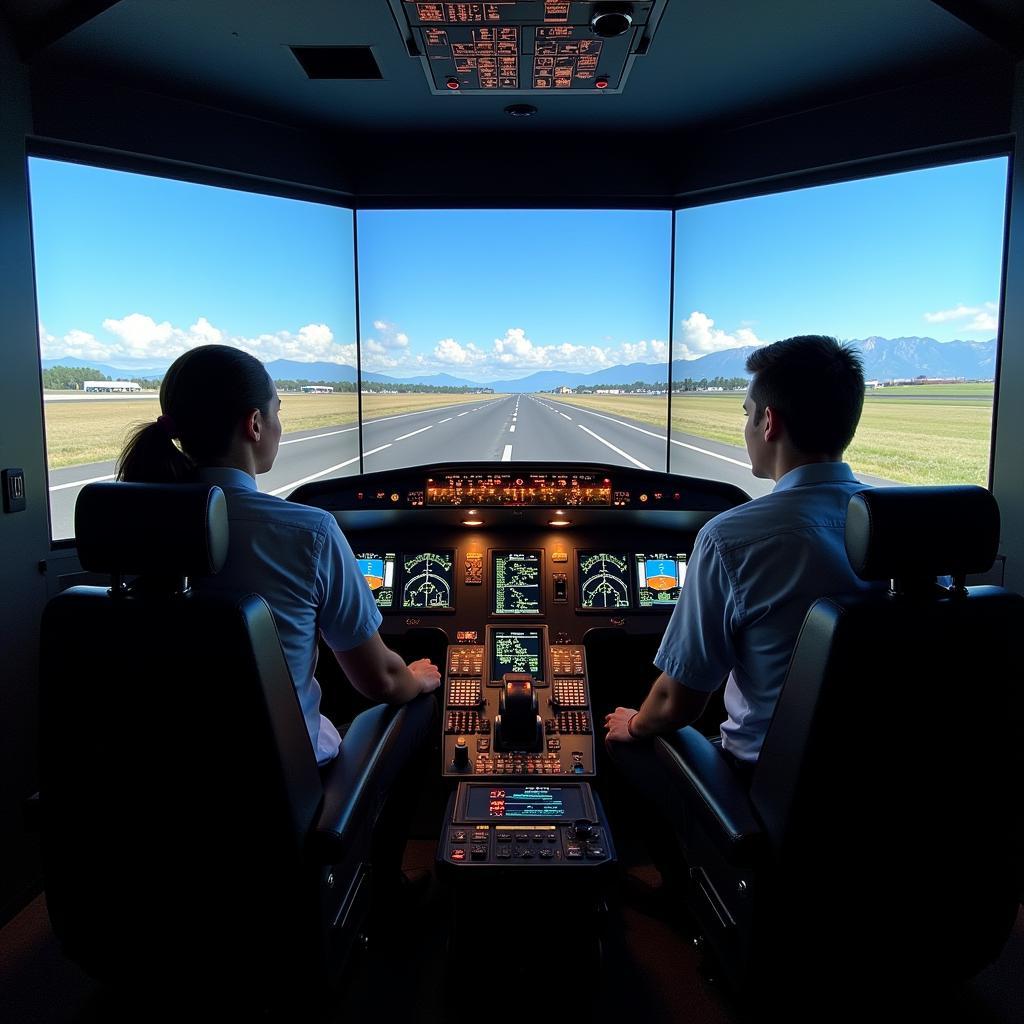The Association of Southeast Asian Nations, or ASEAN as it is widely known, stands as a testament to regional cooperation and integration. Established on August 8, 1967, ASEAN has grown from its founding members (Indonesia, Malaysia, the Philippines, Singapore, and Thailand) to encompass Brunei Darussalam, Viet Nam, Lao PDR, Myanmar, and Cambodia. This diverse group of nations represents a vibrant tapestry of cultures, languages, and religions, all striving towards a shared vision of peace, progress, and prosperity.
The ASEAN Way: Fostering Collaboration and Harmony
Central to ASEAN’s success is the “ASEAN Way,” a set of principles emphasizing consensus-based decision-making, non-interference in internal affairs, and peaceful dispute resolution. This approach recognizes the unique characteristics of each member state while promoting dialogue and cooperation on matters of common interest. It has been instrumental in fostering a sense of community and shared destiny among ASEAN nations.
Economic Integration and Growth: A Regional Powerhouse
ASEAN has emerged as a global economic force, with a combined GDP exceeding US$3 trillion. The establishment of the ASEAN Economic Community (AEC) in 2015 further cemented the region’s commitment to economic integration, aiming to create a single market and production base. This has led to increased trade, investment, and mobility of skilled labor within the region.
 ASEAN Trade Growth
ASEAN Trade Growth
“The AEC has been a game-changer for ASEAN,” says Dr. Siti Khadijah, an economist specializing in Southeast Asian affairs. “It has facilitated the free flow of goods, services, and investments, propelling the region’s economic growth.”
Addressing Challenges: From Security to Sustainability
ASEAN faces a multitude of challenges, ranging from traditional security concerns such as territorial disputes to non-traditional threats like climate change, pandemics, and transnational crime. The organization has developed mechanisms to address these challenges collaboratively, fostering regional dialogue and cooperation on issues such as disaster management, cybersecurity, and counter-terrorism.
 ASEAN Disaster Relief Efforts
ASEAN Disaster Relief Efforts
ASEAN’s Global Role: A Bridge Between East and West
Situated at the crossroads of major shipping lanes and economic powerhouses, ASEAN plays a crucial role in global affairs. The organization engages actively in multilateral forums, advocating for a rules-based international order and promoting dialogue and cooperation on global issues. ASEAN’s strategic partnerships with major powers such as China, the United States, Japan, and India underscore its growing influence on the world stage.
Looking Ahead: Towards a More Integrated and Resilient ASEAN
As ASEAN celebrates its 56th anniversary, it stands at a critical juncture. The region faces new challenges and opportunities that require innovative solutions and unwavering commitment to regional cooperation. The future of ASEAN hinges on its ability to deepen integration, strengthen its institutions, and empower its people to navigate the complexities of a rapidly changing world.
In conclusion, ASEAN’s journey over the past five decades is a testament to the power of regional cooperation. By embracing its diversity, fostering dialogue, and working together, ASEAN has achieved remarkable progress in promoting peace, stability, and prosperity within its borders and beyond. The organization’s commitment to these shared goals will continue to shape the future of Southeast Asia and its place in the world.

